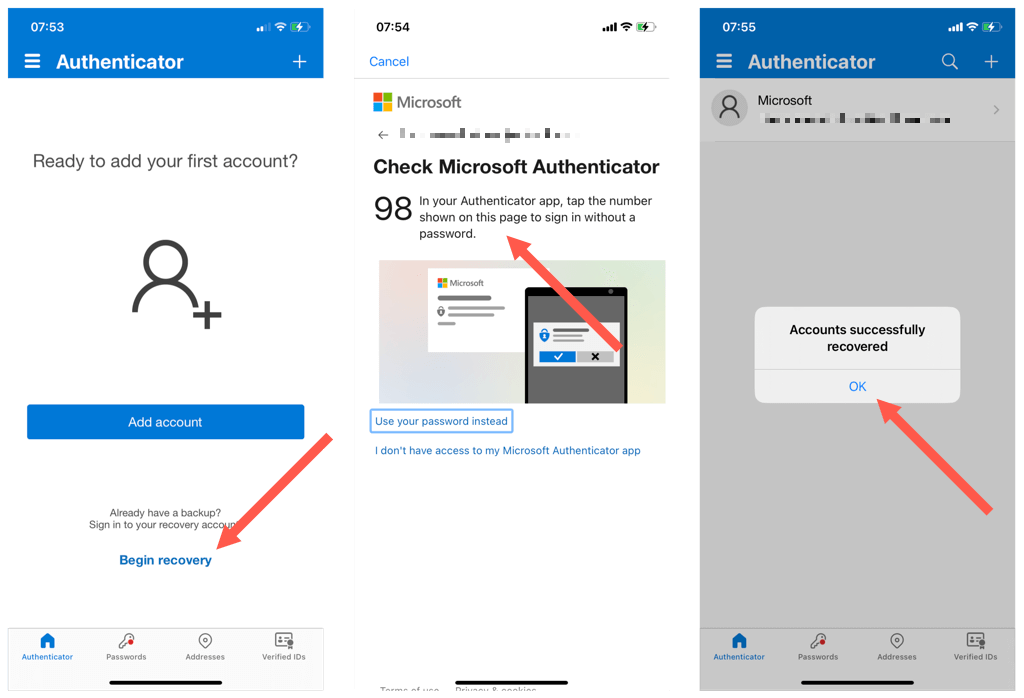

This portal doesn’t show the Microsoft Authenticator logo though. It doesn’t matter which portal you’re using.

If you head over to you will be able to add or edit your MFA methods for a Microsoft work or school account. As of drafting this article, the app currently sits on #7 in Productivity on Apple’s App Store, so I assume it’s quite popular. I’m sure that many IT Pros use Microsoft Authenticator for all or most of their 2FA codes because that’s what they first used, when MFA was initially required by the company they work for. Usually, every code is only valid for 30 seconds) Microsoft Authenticator I hadn’t, so here we are.įirst, let’s cover some of the abbreviations which I’m going to use in this article.ĢFA = Second Factor Authentication (Password is not enough, you need to either enter a one time code or verify a login in a mobile app) MFA = Multi Factor Authentication (Pretty much the same as 2FA, the term is primarily used by Microsoft) OTP = One Time Password (Usually, a 6 to 8 digit long code received by email or SMS which can only be used once) TOTP = Time Based One Time Password (Usually, a 6 to 8 digit long code which gets generated (and hashed against the current time) by an app. This sparked a private discussion between Andrés Gorzelany and me where he asked me if I had written a blog post about this already. "A passwordless is really something can improve security, but doesn't require someone's brainpower to memorize everything," he said.How To Handle Password and 2FA Madness Like a ProĮvery once in a while, I come across a random Twitter conversation where people share their struggles and frustrations about the current state of 2FA apps and migrating those codes to a new phone. "COVID-19 will only accelerate the value of those, and how companies want to use them."Ī situation in which the password is minimized - or even eliminated entirely - while stronger measures like biometrics are favored, Hewitt said, might be both simpler for users and more secure for businesses. "The user will have to enter their username and password less often," he said, adding that security may focus more on biometrics in the future, perhaps even using the fingerprint scanners or facial identification measures that are now being built into phones. The future of securityīowker believes enterprises will add new means of authentication in the future, although he does not believe usernames and passwords will be going extinct anytime soon. 1 smartphone OS on this planet - something Microsoft stumbled again with this release," he said. "One could only wish that Microsoft at the same time for iOS and Android - the No. Mueller, though, said he would have liked to have seen greater parity between the various OS versions of the app. Hence, Bowker said, Microsoft's drive to incorporate smartphones - devices that are already in the pockets of most users - into securing accounts.


 0 kommentar(er)
0 kommentar(er)
